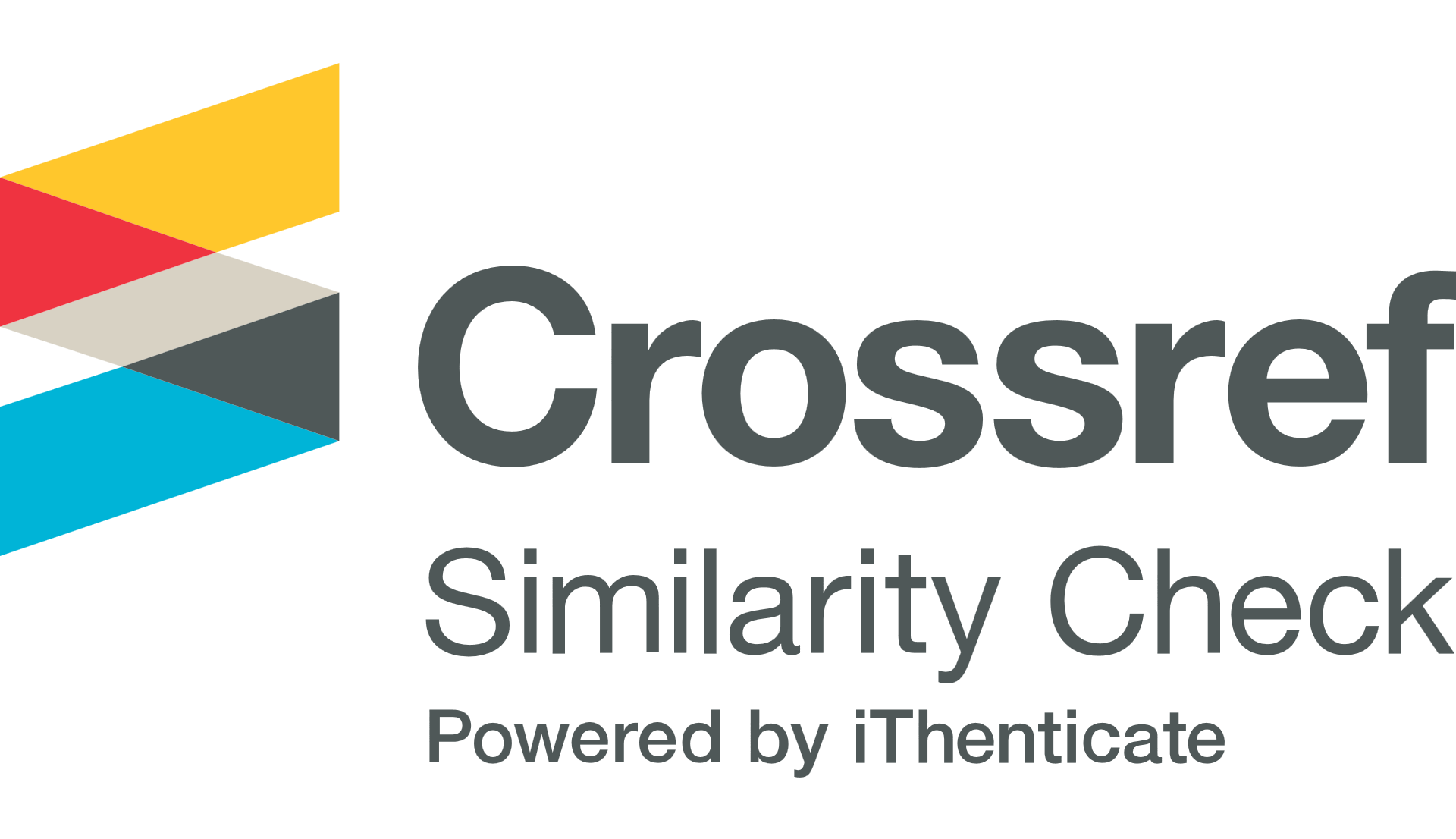Análisis de uniones viga-columna en hormigón armado a través de Microsoft VBA
Palabras clave:
Automatización, Estructurales, Ingeniería, Sismicidad, OptimizaciónResumen
El diseño de uniones viga-columna en concreto armado es fundamental para la estabilidad estructural. Tradicionalmente, se realizan análisis manuales o mediante software como ETABS; sin embargo, la automatización mediante Microsoft Visual Basic for Applications (VBA) ofrece mejoras significativas en precisión y eficiencia. Este estudio explora la integración de VBA para optimizar el diseño estructural, comparándolo con métodos tradicionales. Utilizamos un enfoque mixto, combinando modelación en ETABS 2018 con una hoja de cálculo en VBA conforme a las normas ACI 318-14. Se modeló un edificio resistente a momentos, analizando cargas sísmicas y estructurales. Los resultados de ETABS se ajustaron con VBA para alinearlos con las condiciones reales de acero comercial, permitiendo la personalización de cálculos y verificación de normativas. Los resultados mostraron una alta correlación entre ETABS y VBA, validando la fiabilidad y complementariedad de ambos sistemas en la ingeniería estructural. El análisis permitió destacar la eficiencia de VBA en automatizar y personalizar el diseño de uniones, lo cual es crucial para proyectos en zonas sísmicas. La combinación de ETABS y VBA mejora notablemente la precisión y eficiencia del diseño estructural. Se recomienda una mayor exploración de estas tecnologías para optimizar el diseño, reducir tiempos de ejecución y mejorar la seguridad en ingeniería estructural. Futuros estudios deberían enfocarse en validar la economía y eficacia de estas herramientas en la práctica profesional.
Palabras clave: Automatización, Estructurales, Ingeniería, Sismicidad, Optimización.
Abstract
The design of beam-column joints in reinforced concrete is crucial for structural stability. Traditionally, analyses are performed manually or through software like ETABS; however, automation using Microsoft Visual Basic for Applications (VBA) offers significant improvements in precision and efficiency. This study explores the integration of VBA to optimize structural design, comparing it with traditional methods. We adopted a mixed approach, combining modeling in ETABS 2018 with a spreadsheet in VBA according to ACI 318-14 standards. We modeled a building designed to withstand moment forces, analyzing seismic and structural loads. Results from ETABS were adjusted with VBA to align with the real conditions of commercial steel, allowing for customization of calculations and verification of standards. Results and The results demonstrated a high correlation between ETABS and VBA, validating the reliability and complementarity of both systems in structural engineering. The analysis highlighted the efficiency of VBA in automating and customizing the design of joints, which is crucial for projects in seismic zones. The combination of ETABS and VBA significantly enhances the precision and efficiency of structural design. Further exploration of these technologies is recommended to optimize design, reduce execution times, and improve safety in structural engineering. Future studies should focus on validating the economy and effectiveness of these tools in professional practice.
Keywords: Automation, Structural, Engineering, Seismicity, Optimization.
Información del manuscrito:
Fecha de recepción: 16 de enero de 2024.
Fecha de aceptación: 08 de marzo de 2024.
Fecha de publicación: 29 de abril de 2024.
Citas
A.Ahad, S. (2017). Analysis and Design Of Multistory Apartment Building Using ETABS. International Journal Of Engineering And Computer Science. https://doi.org/10.18535/ijecs/v6i5.13
ACI 318-14. (2014). American Concrete Institute.
ACI 352RS-02. (2010). Recomendaciones para el Diseño de Conexiones Viga-Columna en Estructuras Monolíticas de Concreto Reforzado.
American Concrete Institute ACI 352RS-02. (2010).
Azam, R., Riaz, M. R., Farooq, M. U., Ali, F., Mohsan, M., Deifalla, A. F., & Mohamed, A. M. (2022). Optimization-Based Economical Flexural Design of Singly Reinforced Concrete Beams: A Parametric Study. Materials, 15(9), 3223. https://doi.org/10.3390/ma15093223
C K, A. (2022). Design and Analysis of (G+4) Residential Building Using ETABS. International Journal for Research in Applied Science and Engineering Technology, 10(7), 235–239. https://doi.org/10.22214/ijraset.2022.45254
Cabeza, J. C. (2021). Automatización del análisis y diseño de la conexión Viga-Columna en elementos de Hormigón Armado mediante Microsoft VBA [Universidad Estatal del Sur de Manabí]. http://repositorio.unesum.edu.ec/handle/53000/3007
Cormos, R., Neagoe, C. A., Ciolca, M., & Hadar, A. (2023). VBA fatigue analysis program for metallic structural components preliminary design. INCAS BULLETIN, 15(4), 93–106. https://doi.org/10.13111/2066-8201.2023.15.4.8
Gao, X., & Lin, C. (2021). Prediction model of the failure mode of beam-column joints using machine learning methods. Engineering Failure Analysis, 120, 105072. https://doi.org/10.1016/j.engfailanal.2020.105072
John Louie A. Gagalang, & Rina J. Arcigal. (2021). Hand calculation and extended three-dimensional analysis of buildings (ETABS) Software: An analysis and design for a three (3) story buildings. EPRA International Journal of Multidisciplinary Research (IJMR), 57–59. https://doi.org/10.36713/epra6237
Khan, A., Ali, A., Malik, T., Khan, A., & Khan, A. (2023, June). Comparative Study on Design Results of a Multi-storied Building using SAP2000 and ETABS. https://doi.org/10.11159/iccste23.194
Khashi, K., Dehghani, H., & Jahanara, A. A. (2018). An Optimization Procedure For Concrete Beam-Column Joints Strengthened With FRP. International Journal of Optimization in Civil Engineering, 8(4). http://ijoce.iust.ac.ir/article-1-369-en.html
Ling, Y., Xu, J., Guo, Z., & Wen, X. (2021). A study on Static behavior of New Reinforced concrete column-steel beam Composite Joints. Journal of Asian Architecture and Building Engineering, 20(1), 44–60. https://doi.org/10.1080/13467581.2020.1816547
NEC-15. (2015). Norma Ecuatoriana de la Construcción. NEC-SE-DS-2015
Pechorskaya, S. A., Galishnikova, V. V., Gebreslassie, S. B., & Damir, H. Y. (2021). Structural analysis of high-rise building using ETABS and RSA software. Structural Mechanics of Engineering Constructions and Buildings, 17(2), 133–139. https://doi.org/10.22363/1815-5235-2021-17-2-133-139
Rajeev, A., Parsi, S. S., Raman, S. N., Ngo, T., & Shelke, A. (2020). Experimental and numerical investigation of an exterior reinforced concrete beam-column joint subjected to shock loading. International Journal of Impact Engineering, 137, 103473. https://doi.org/10.1016/j.ijimpeng.2019.103473
Sidik Hasibuan, S. A. R., . I., & Karisma, D. A. (2023). Optimization of Reinforcement Ratio in Reinforced Concrete Columns Using Interaction Diagrams. International Journal of Research and Review, 10(4), 200–204. https://doi.org/10.52403/ijrr.20230425
Tamayo, J. L. P., Mucillo, V. C., & Bigarella, B. G. (2023). Integration of Excel VBA with professional software for the structural analysis and design of civil structures. Computer Applications in Engineering Education, 31(4), 793–813. https://doi.org/10.1002/cae.22607
Publicado
Cómo citar
Número
Sección
Licencia
Derechos de autor 2024 Revista Científica INGENIAR: Ingeniería, Tecnología e Investigación. ISSN: 2737-6249.

Esta obra está bajo una licencia internacional Creative Commons Atribución-NoComercial-CompartirIgual 4.0.

















